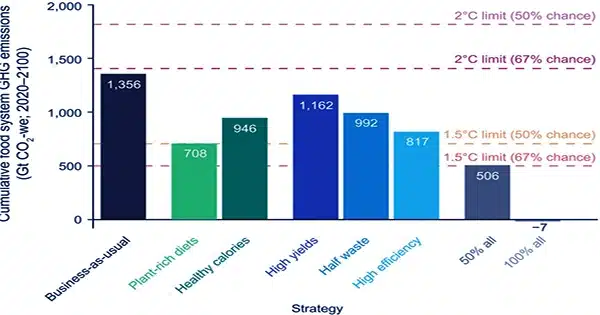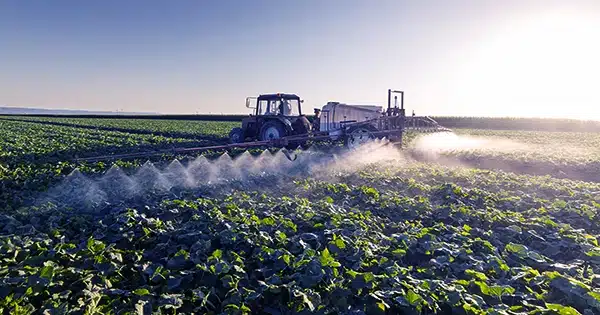Governments should consider reusing abandoned croplands to combat climate change and lessen the environmental impacts of agricultural development. This was a crucial finding from a new study led by the National University of Singapore’s Centre for Nature-based Climate Solutions, which was just published in Nature Communications.
As the world’s population rises and the need for food grows, agricultural lands expand, often at the price of natural habitats such as tropical forests. Simultaneously, croplands are being abandoned as a result of issues such as land degradation, institutional and socioeconomic changes, disasters, armed conflict, and urbanization.
Between 1992 and 2020, such abandoned croplands totaled 101 million hectares across Europe, Russia, Central and East Asia, and the Americas. This is nearly the size of Egypt, which has a total land area of approximately 100 million hectares. During this time, the annual abandonment rate was around 3.6 million hectares, which equates to cropland about 50 times the size of Singapore being abandoned every year.

However, the current study discovered that better management of these abandoned croplands could result in significant nature-based alternatives, such as cultivation or reforestation. For example, if they are planted for food production, there may be less incentive to remove trees in order to establish new croplands, helping to protect existing forests. Alternatively, reforesting abandoned croplands could help extract planet-warming carbon dioxide from the atmosphere and contribute to climate change mitigation.
The researchers discovered that 61 million hectares of the 101 million hectares of worldwide abandoned cropland were eligible for agriculture by examining geospatial data. This would produce enough food to feed 292 to 476 million people per year, but it would also generate emissions owing to the need to clear vegetation that had developed on the abandoned grounds.
Furthermore, the researchers discovered that 83 million hectares of globally abandoned agriculture might be reforested. If this quantity of land were totally planted, the new woods might help absorb up to 1,066 million tons of carbon dioxide each year, which is nearly similar to Japan’s yearly emissions.
Some abandoned cropland overlapped between the two categories; researchers discovered that around half of the 101 million hectares of abandoned cropland was suitable for agriculture as well as reforestation. Policymakers would have to balance the benefits and drawbacks of either option, depending on their national conditions and priorities, as well as other reasons.
Local policies, for example, may influence whether land should be used for agriculture or reforestation. Market access and international trade openness may also have an impact on these decisions. Nonetheless, the study emphasizes that a previously overlooked land use type—abandoned croplands—could contribute to climate mitigation and food production and should be considered in national land use decisions.
“In the face of global challenges such as climate change and food scarcity, countries are often faced with a shortage of available land and the difficult choice of whether land should be allocated for carbon sequestration or food production,” said Dr. Qiming Zheng, who led the study while a research fellow at CNCS.
“However, our research has revealed that abandoned cropland is a largely untapped resource that could help achieve either or both goals.” To best unleash the potential of abandoned crops, however, an integrative application of the scientific study of land suitability and achievable potentials, as well as context-specific local knowledge, is required.”
















